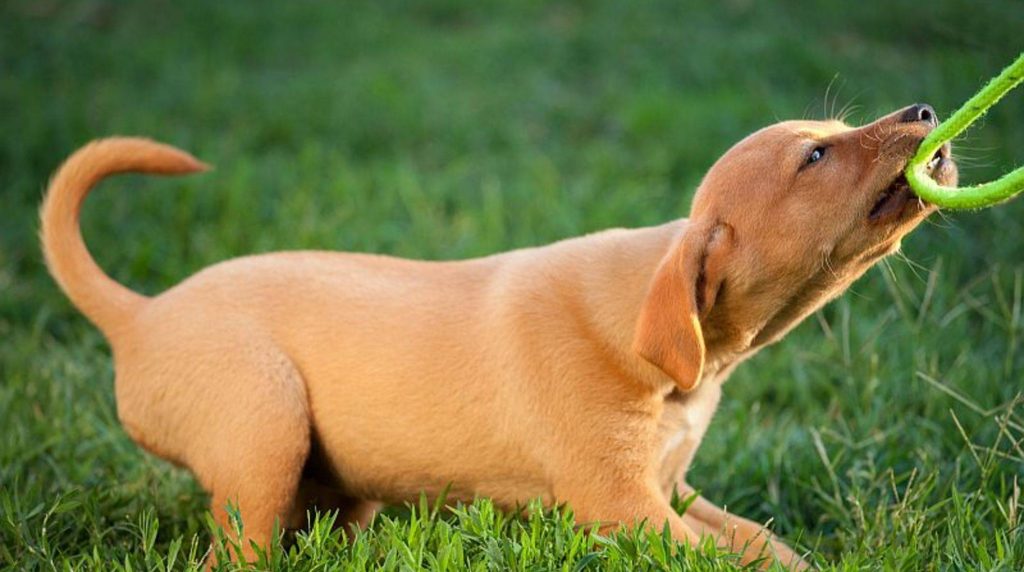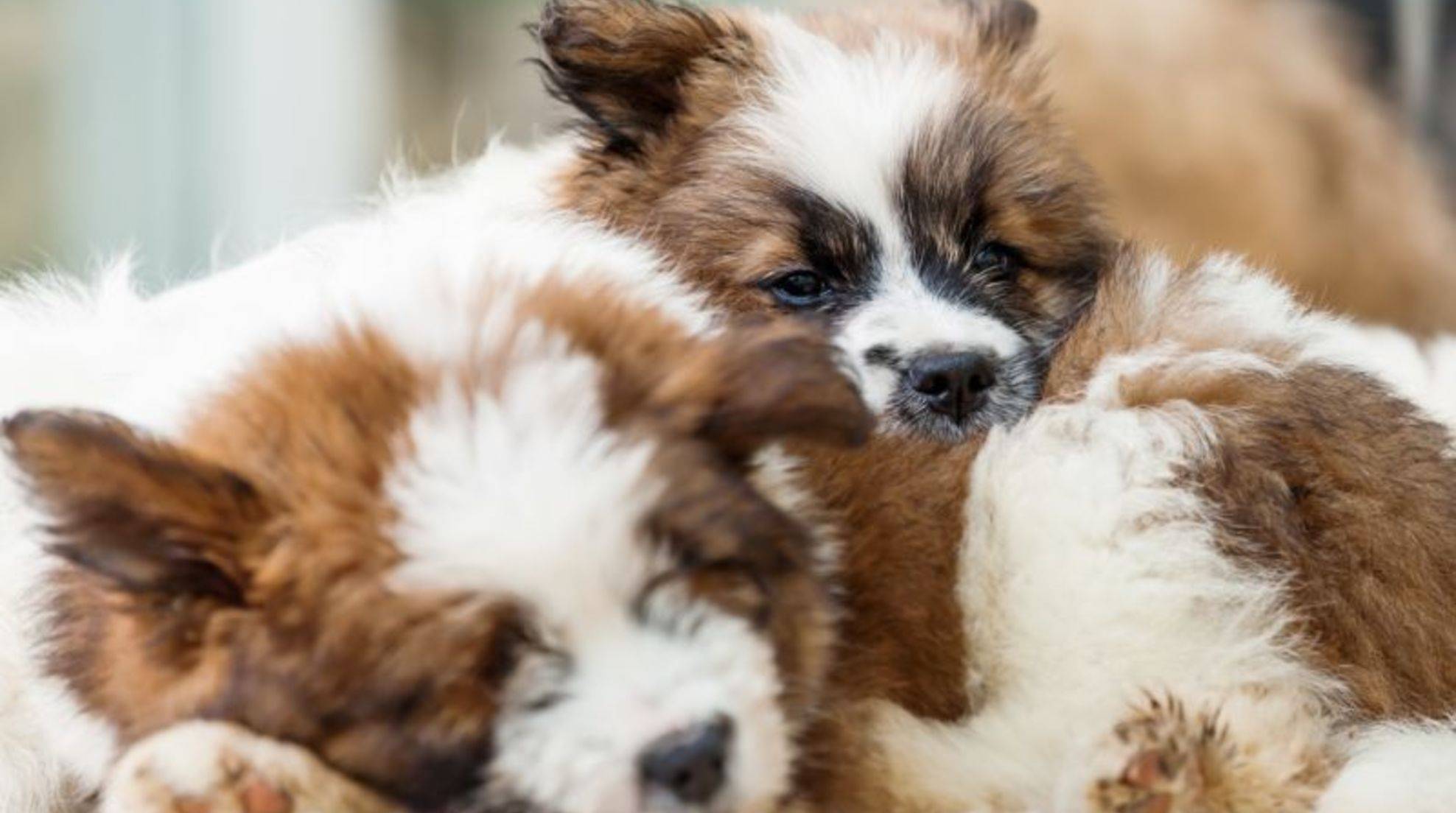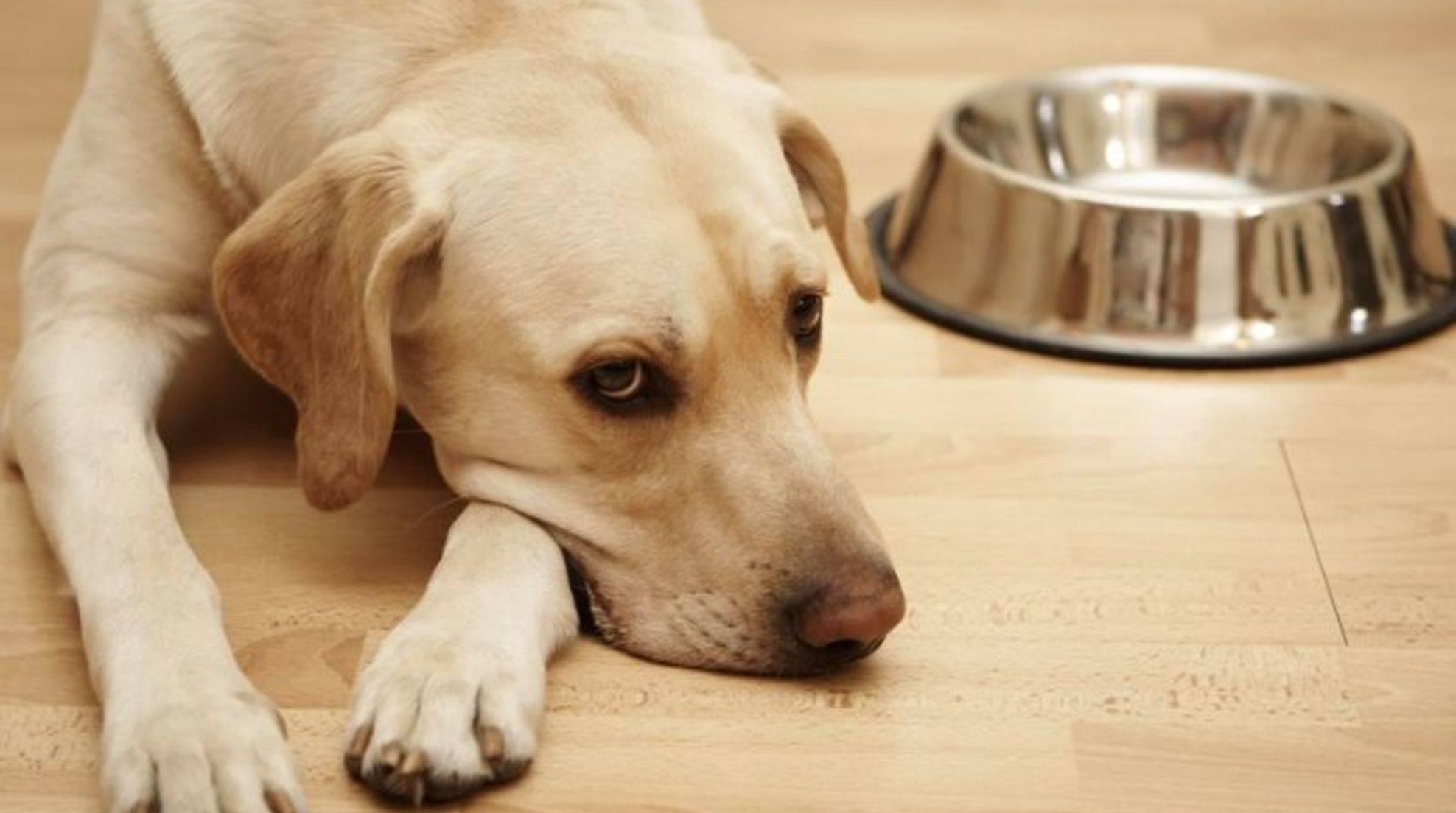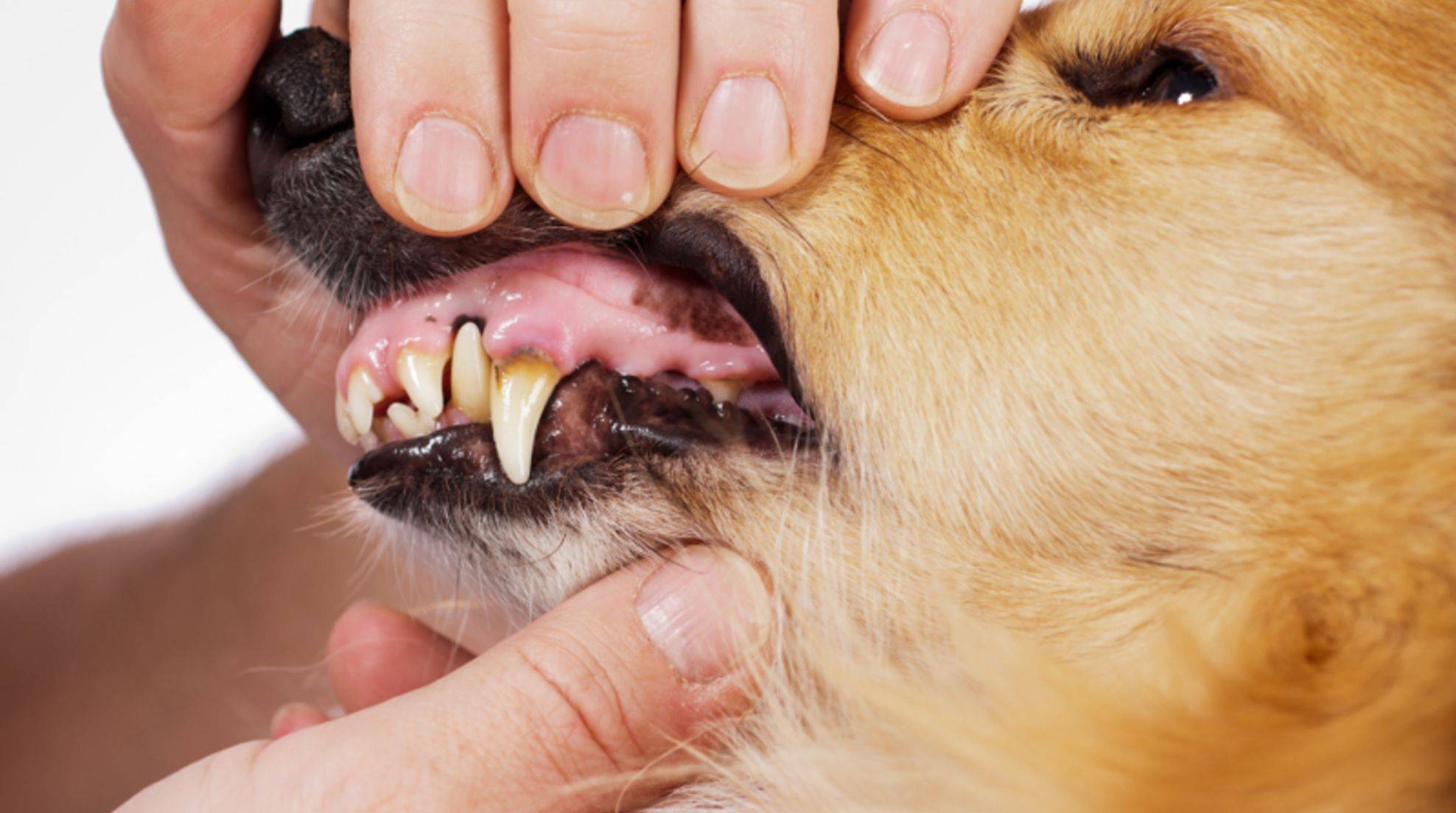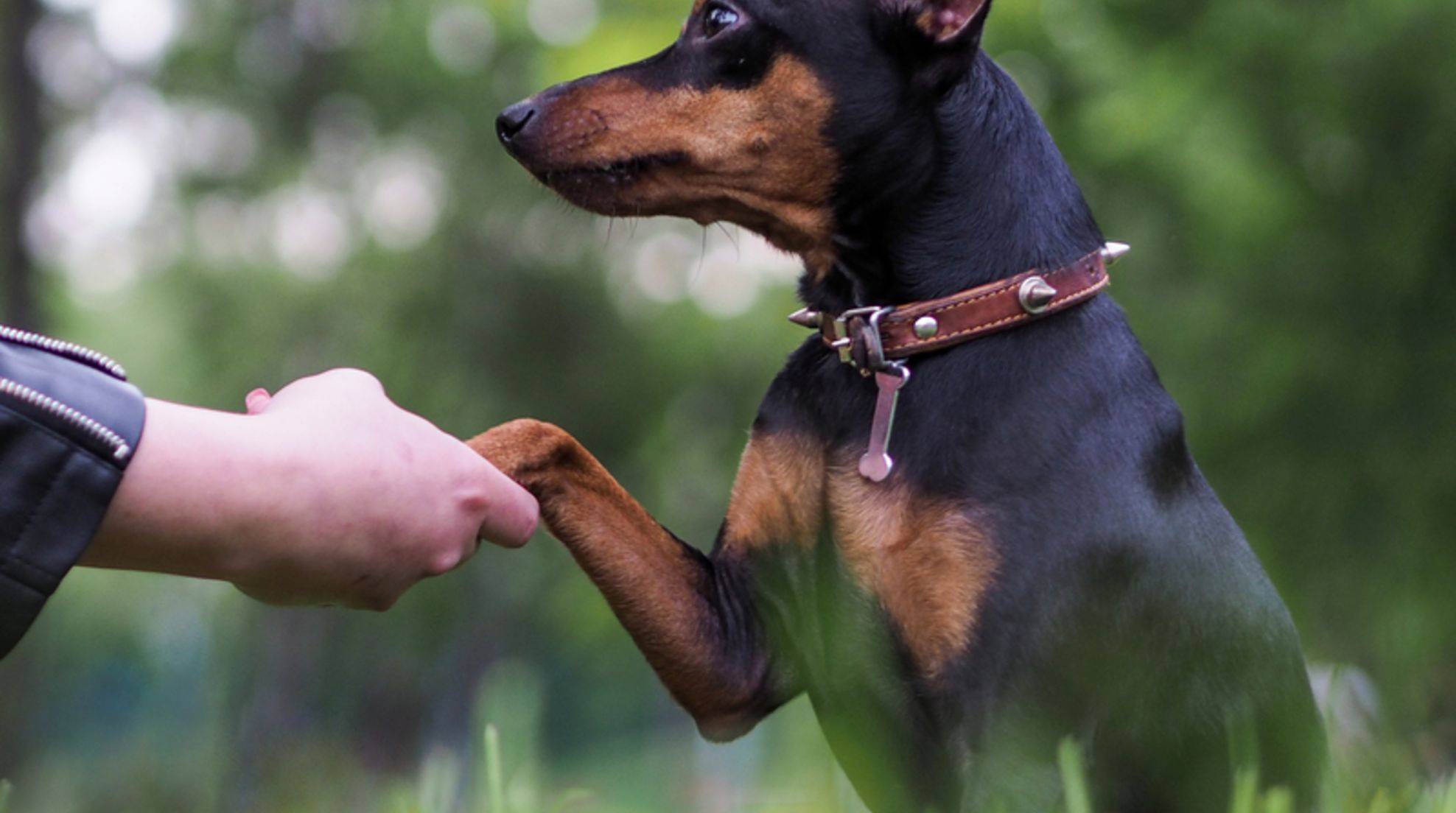When the dog bites the leash: what you can do
A dog that constantly bites the leash can be pretty exhausting for its owner in the long run. How to break him of the habit, read here.
Constant biting of the leash is not only annoying but can also be dangerous for both dog and owner. While the attention is on the raging four-legged friend, cyclists, cars, and pedestrians can be quickly overlooked. If your dog even bites through the leash, this can also lead to dangerous walking situations.
Therefore, your animal companion must behave well when he is leashed. Only then will you be able to walk him safely through traffic, past bicyclists, other dogs, and children, and not be distracted by tugging the unloved leash out of his muzzle.
Punish bad behavior, reward good
What is the meaning behind this behavior anyway? Most of the problems in dog training arise from the fact that puppies do not learn sufficiently what they are allowed to do and what not. Biting the leash is one of the things you should forbid him from the very beginning. You make the prohibition clear to the young pup by a clear “no” or “off.” As soon as he is good again, praise the growing quadruped for obedience. He then associates something positive with it.
Try other methods if he does not respond to the stop signal after the second request. Otherwise, your dog will learn that there are no consequences if you go all out with your “no” commands. For example, an alternative is to distract your four-legged friend with an order. This could be “Sit!” for example. If he does his task well, reward him with treats or praise him extensively.
If the dog bites the leash: Ignore him.
Many dogs bite the leash, tug, and jump to attract your owner’s attention. However, this is precisely what you should not give the animal then. Otherwise, it will remember that its behavior achieves exactly what it wants. Therefore, try the cold shoulder: ignore his fidgeting. In the best case, he will lose interest, and you can go for a relaxed walk with him.
In addition, you can try to spoil your dog’s fun by dropping the leash. Once the leash is on the ground, step on it with one foot to prevent your pet from running away.
Dog bites through leash: Alternative chew toys can help.
If your dog even bites through his leash, it could also be because he sees it as another chew object. Make sure your four-legged friend has plenty of chewing material to amuse himself with. For example, offer him a stick or an appropriate toy, but be careful not to let him interpret this as a reward for leash biting. Therefore, only give him his chew toy when not chewing on the leash.
If nothing helps or your dog even shows aggressive behavior, such as growling, you should no longer tackle the matter alone. Get a professional dog trainer by your side who can assess your case and work out suitable training methods with you. On the other hand, you should always refrain from training methods that inflict pain, intimidate or unsettle your dog. They do more harm than good.

